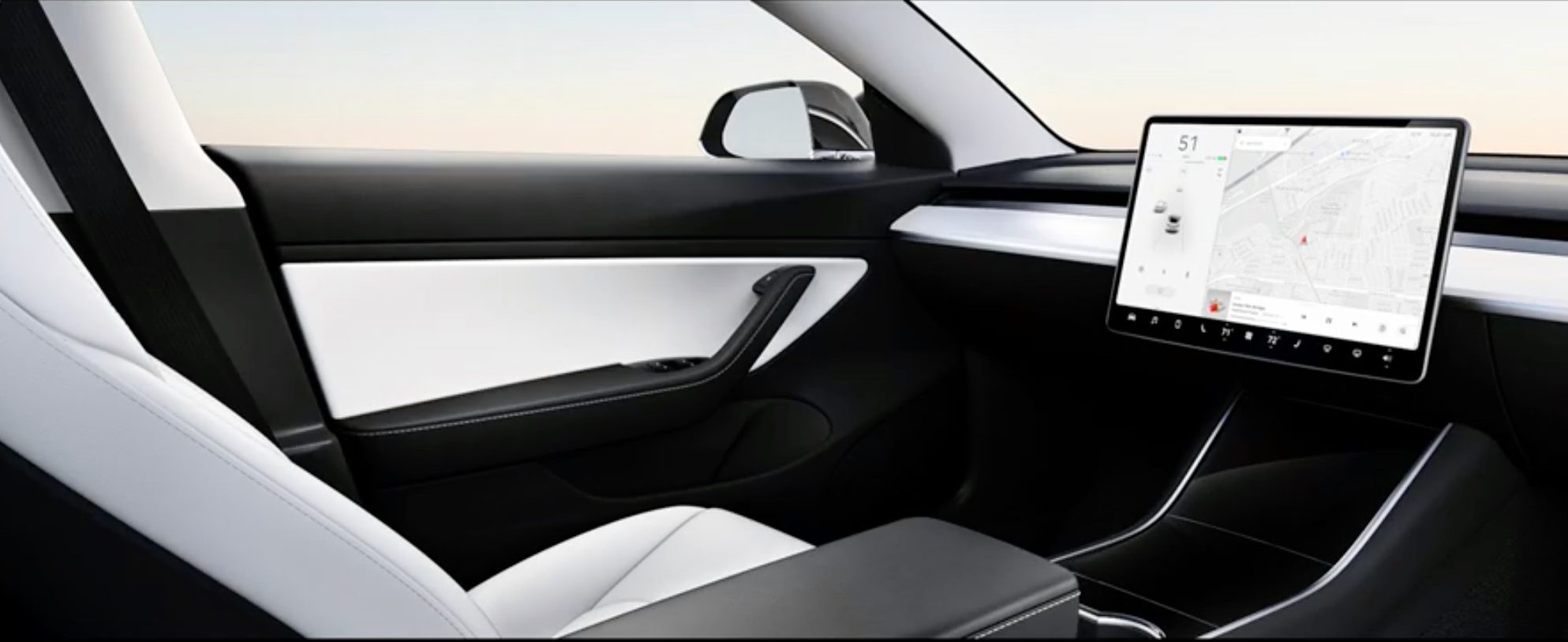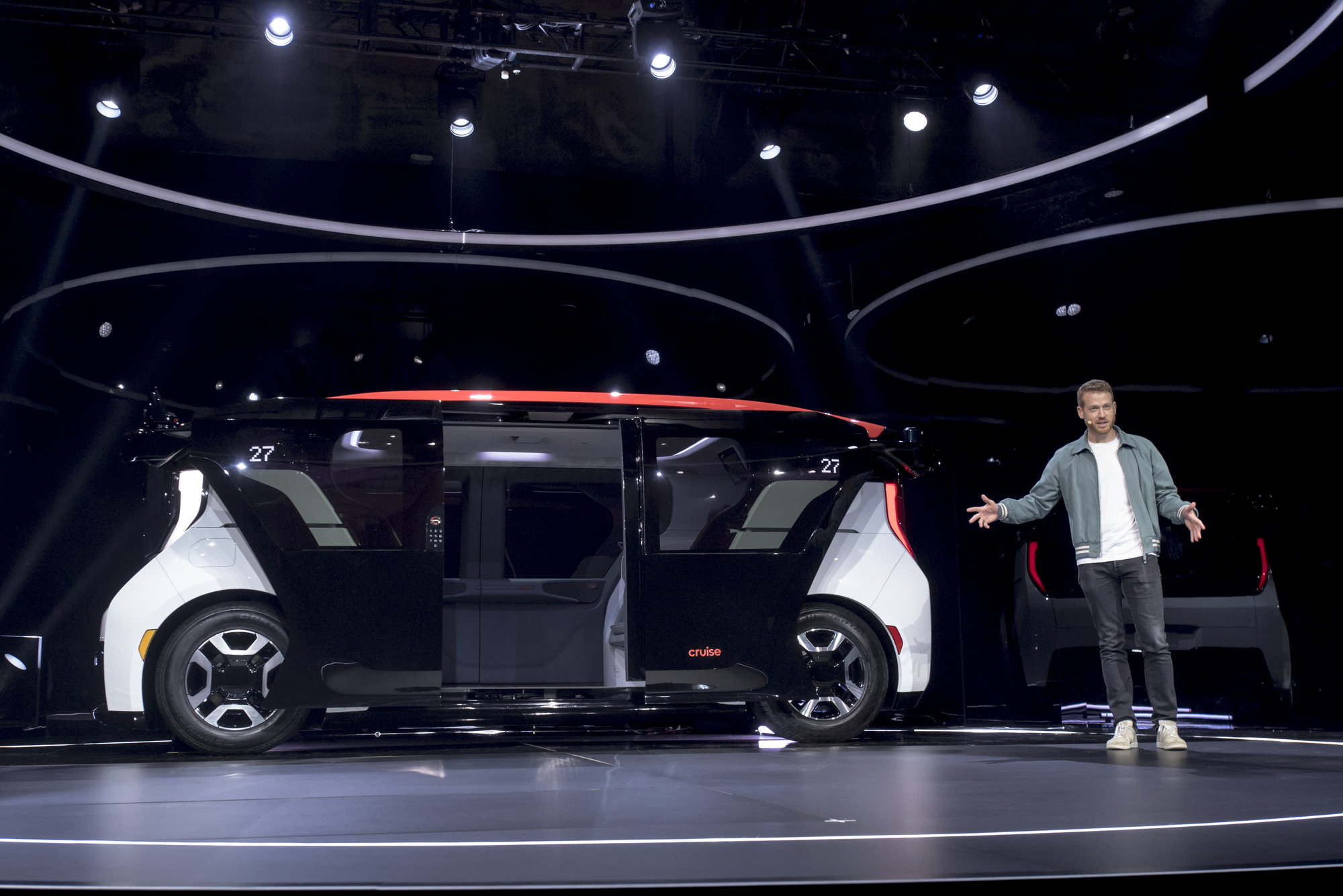Last Thursday, the US Highway Safety Administration NHTSA announced a fundamental regulatory change to the FMVSS set of Federal Vehicle Safety Standards. This change could pave the way for the development of self-driving cars in the future, with a completely different operating method than traditional cars.
This set of FMVSS standards requires automakers to communicate every aspect of the vehicles they manufacture, as well as establish precise and rigorous rules that they must adhere to, from the windshield wipers up to engine speed. Until now, federal law requires all cars to have a driver’s seat, steering wheel, lever and pedals – factors that are limiting tech companies’ ambitions to test self-driving cars.

That’s the reason for the key change recently announced by NHTSA that “removes the requirement for self-driving vehicle manufacturers to equip autonomous vehicles with manual control systems to meets safety standards.”
This regulation will apply to self-driving vehicles that are manufactured from scratch. This also means that self-driving cars developed from the beginning may not need the steering wheel, steering wheel as well as pedals, brake pedals … like conventional cars.
However, NHTSA also stressed that these vehicles must still be equipped with “the same high level of passenger safety protection as current passenger vehicles.” In addition, new NHTSA regulations also prevent self-driving car manufacturers from cutting back on safety equipment to cut costs.

Cruise Origin self-driving electric car with rudderless design
Currently, more and more companies are designing self-driving cars in the direction of eliminating most of the manual control equipment inside the car, but they are only at the concept level instead of actual commercial products.
In 2018, GM introduced the Bolt EV, a steering wheelless electric vehicle that it hopes will be used to deploy Cruise Automation technology. In 2019, Tesla also introduced a version of the Model 3 without a wheel, but the company’s approach to self-driving cars – seeing self-driving software more like a driver’s assistant – also means that this version unlikely to launch in the market in the future.
In addition to the current self-driving car manufacturers, many rumors suggest that Apple is also preparing to enter this market with a self-driving car design that eliminates most of the manual control equipment inside, helping to optimize space. and bring more beautiful interior, more convenient for users.
Refer to CNBC, CNET
